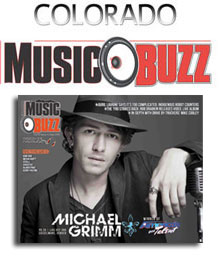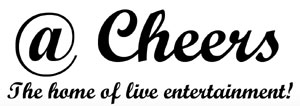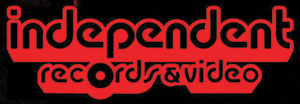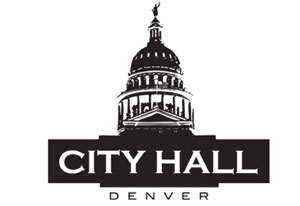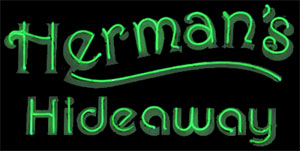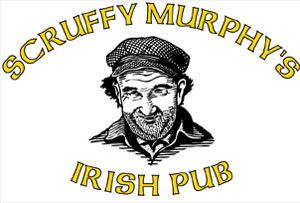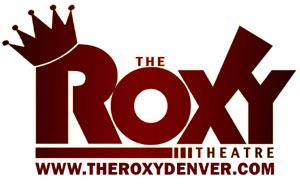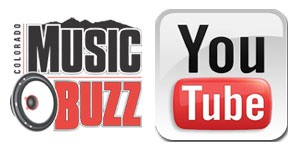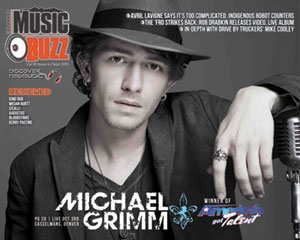The Manager’s Corner- August 2013
by Chris Daniels
I’ve managed my own band since the 1980s and despite the amazing change in technology, success in the music business is built around some tried and true elements: great music & performance, really hard work and timing (often mistaken for luck). The book I wrote for my UCD class on artist management is called “DIY: You’re Not in it Alone” and that is exactly what you need to understand. Most artists who are recording and performing, bluegrass to DJ & EDM to rock and Hip Hop, are still trying to make ‘some’ money on the sale of those recordings. And that brings up some questions as we hit the mid-point of summer touring and band merch sales v.s. downloads and streams.
First, the obvious: No matter what the genera, sale of recorded music via brick & mortar or internet outlets for young or DIY artists is often times a measure of a few thousand, and more likely hundreds of dollars per year. And there are some staggeringly powerful studies that support the current trend of the ‘value’ of recorded music to be getting close to zero. A few quick set of numbers for your review: The ‘new kid’ on the streaming block (iTunes Radio) is currently offering independent labels $.0013 per stream. Spotify, the ‘daddy of em’ all’ pays roughly $.0033 per stream. Pandora is fighting to have the rate it pays lowered (they are doing this by acquiring a radio station in South Dakota in order to qualify for the rate terrestrial radio gets) … but to give you an example of where they are now… Ellen Shipley, one of two songwriters of the hit “HEAVEN IS A PLACE ON EARTH,” received a check for $39 from Pandora for 3.1 million streams! In 2013 digital downloads (like Amazon or iTunes) have fallen by 2.3% for the first time since people started legally downloading… and that is a huge drop compared to the average 7% to 15% growth (or much more) digital downloads have had since their debut. Even good selling artists with great fan followings are swamped in endless sheets of 1-cent Spotify and 64-cent iTunes statements from their aggregator’s (like CD Baby). In my talks with folks involved with artists like Pomplamoose, String Cheese, Leftover Salmon and others who sell well … the checks are not large, thousands and not hundreds of thousands as in the heyday of the CD. My last album (I use the term generically) came out last summer and while I truly appreciate the monthly checks from CD Baby, BMI and SoundExchange – I make more money on my music from a months worth of summer gigs than I do selling recorded music. All these numbers are only part of the story that includes the debate over the effect of digital piracy, the ‘death of the album” and even good news like the rise in sales of vinyl in the past few years. There is an excellent article by Sasha Frere-Jones in the July New Yorker covering all of this.
For DIY artists, summer touring merch falls into 2 basic categories (a) soft goods like t-shirts, stickers and hoodies etc. and (b) hard goods – CDs and vinyl. And as I talk with my fellow band mates traveling the circuit I am hearing the same thing over and over. This summer the sale of CDs is really dropping off at shows. Even if somebody LOVED and I mean really LOVED your show, they seem to be happier going to iTunes and downloading music directly into their computer, iPod and the like. And if they are streaming it – you get 1/3 of a cent or roughly 4-cents for my 12 song album. Fans seem to be saying it is easier than taking home a CD that they have to rip. But they WANT your music THEN … right after the show … it’s what we call an ‘impulse buy.’ They loved it and they want to own it NOW … and their busy life is going to get in the way of them remembering to download it later. So as a millennial artist what are you supposed to do? You want to turn this new interested person into a ‘super fan’ who comes to every gig and buys all your music and tells a hundred of their friends about this great new band they found.
I tell young musicians to produce a very limited number of CDs and then there are basically 2 alternative ways to go. (1) offer the sale of USBs loaded with your music (2) download cards. Both have advantages AND disadvantages. USBs can be loaded with either an individual album or a number of albums and/or videos and special features like album and poster art and liner-note booklet pdfs. You can also make them refillable so that as you record new music they can come to your booth and get all kinds of special tracks … like demos of new songs etc. It’s a very cool way to go but the drawbacks are that some fail when they get to the buyer’s home computer and there is a pretty large startup cost involved plus the maintaining time for reloading fans USBs when they want to get new stuff on their drive at gigs. Download cards are really easy and you have very little expense or start up cost (about 60 cents per card and less if you buy in bigger quantity). They come from your aggregator like CD Baby or TuneCore or The Orchard and they all have pretty much the same program. You can get 100 cards for roughly $50 to $60 … you can sell them for whatever price you like … you don’t have to worry about them melting in the sun … you can include them in vinyl packaging so a fan can buy an album AND get the download card for free … and you can have the album art on the card. The disadvantage is that the user has to go to the site, like CD Baby, enter in the code and ‘set up an account’ … and some people hate doing that. How many other artists are on CD Baby that you will want to get ??? Hmmm good question. But that said, it’s a pretty simple and very flexible new avenue for revenue.
Last but MOST IMPORTANT: pricing and quantity. I advise other artists to keep their CDs at $10 unless it is a special limited edition package. Download cards can be set at $5 and it’s a pretty good incentive to buy them but I think it is also totally OK to ask $10 especially if your album has more than 10 tracks. Plus you can “package’ things – a $15 t-shirt and a $10 download card for $20. As far as quantity, I teach my students a ‘break even’ formula but you can do the math pretty easily. Right now in an average audience of fans and new people you can figure on roughly 5% to 10% will be moved enough by your performance to buy something. You can do the math but if you have a concert outside with 1500 people you will get between 50 and 100 people interested. So look at your tour schedule, look at the venue or festival capacity and do the math and don’t order too much…it’s a bit of a science but you can get pretty good at it very fast.
Last but not least, I have not talked about ‘giving your recordings away’ or about vinyl. The reasons are simple for both. Giving out your music for free tells people that you are desperate to get the music in their hands. It’s like a teenager trying to get laid…the desperation devalues the salability. If you decide to do that … I understand…many starting artists do this to try and create fans and download cards are a cheap way to do it. But I think that if you cared enough to take the time to record your music then you should at least follow the Amanda Palmer model and ask what your perspective fan would ‘LIKE’ to pay for it…hey it worked for Radiohead. As far as vinyl, the fan who is buying vinyl is a true music lover and if you have the backing via tour support, label support or just fan support to make that happen, it’s a really lucrative medium for store owners like Paul at Twist & Shout and a number of artists. Folks that buy vinyl love music and they have chosen to add you to their record ‘collection’ and that is pretty frickin wonderful. But that takes a level of commitment that is not for this article. I hope this helps you start framing a strategy for sale of recorded music …stay tuned … this part of the artist’s world is changing fast!
Category: Shop Talk
